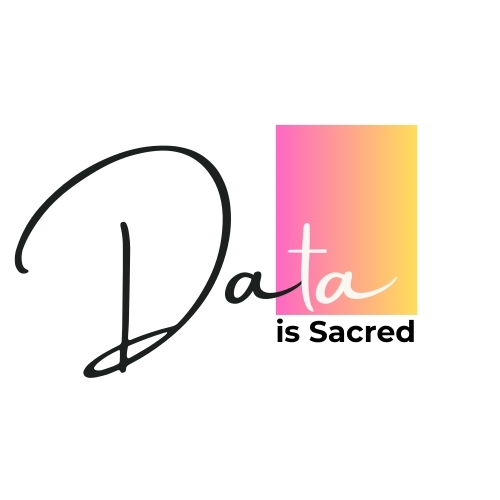Although I have been using Power BI Desktop for a couple of years now, I recently got reeled into Microsoft Power BI Report Builder as a BI reporting tool.
What is the harm in trying a new tool? – I thought to myself.
And that too a free one!

There is no doubt that Microsoft Power BI has made life easier for technologists, business owners, and businesses to achieve higher data analytics efficiencies gain actionable insights. Also taking into consideration, the plethora of Power BI Analyst Jobs available in the market for the BI professional with the right skillsets and aptitude!
Power BI Report Builder is positioned by Microsoft to be a companion application to Power BI Desktop. Augmented with features around creating Pixel Perfect, Paginated reports. For many of you familiar with the SQL Server Report Builder, you might find Power BI Report Builder somewhat similar, yet not the same.
You can download the tool here and get started with the steps below-

WHAT ARE PAGINATED REPORTS in POWER BI?
Remember those times where you have created a tabular report with, say, 100 rows. While printing, the only part of the report that is published is the one that you can see. And you miss out on possibly 70 out of those 100 rows.
A bummer, isn’t it?
A Paginated report created from Report Builder solves this problem, as it is designed to print all available data in the table. Even if it spans multiple reports.
Moreover, Report Builder provides a greater degree of control on the report page layout itself- a nod to Pixel Perfect design with complete utilization of every pixel in the report design. Hence the report turns out crisp, free of aberrations, and report layout, design limitations.
GETTING STARTED WITH BI REPORT BUILDER
Designing a paginated report entails creating a report definition on WHAT data to retrieve, WHERE to get it from, HOW to display it in the report.
With these being defined, when we run the report in Report Builder, the report processor takes the same definition we have created, then calls the data, and then mash it together in the report layout to generate the report.
Once you like the report preview, you can publish this to the Power BI Service. Magic!
And, in terms of visualization, the report provides a matrix-based setup of rows and columns. You can use Sparklines, KPI Indicators, PieChart, Maps etc (See screenshot), and custom visual option.

BONUS!!
WATCH THIS VIDEO FOR MORE:


